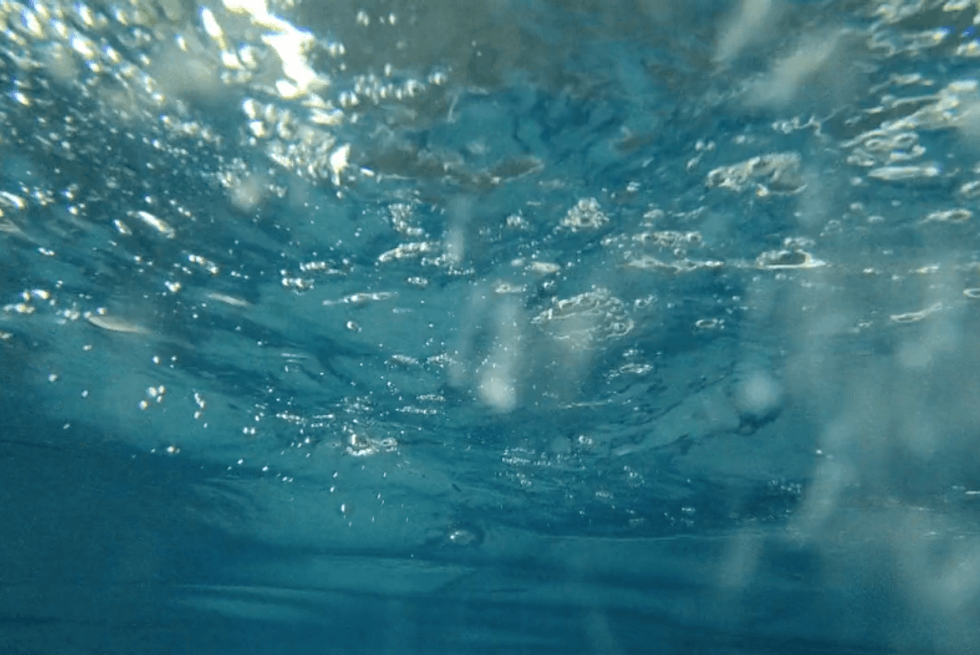Teaching Tools: Swim Lesson
From the Series: Swim Lesson
From the Series: Swim Lesson

I nearly failed my first assignment in a pedagogy course. We were asked to provide written comments on a student’s first-year essay. I extensively marked up the paper, circling almost every grammatical mistake and covering the margins with suggestions and comments. My professor used my flawed assignment to caution the class on the risks of over-teaching, explaining that my extensive notes would probably overwhelm the student and obscure what the student should focus on. Driven to make the paper perfect and correct what I saw as every error, I missed the larger purpose: to provide helpful feedback that would guide the student to revise their own composition. I had forgotten to consider the experience from the student’s point of view.
Keeping the student's perspective in mind, however, is difficult. When teaching a familiar subject in a familiar setting, we forget how unfamiliar or disorienting the educational process can be for students. In Swim Lesson (2018), Melissa Lefkowitz offers a humbling and visceral reminder of what it is like to learn something new. The film follows an adult through the course of one swim lesson, intersplicing the swimmer’s inner monologue with his view of the water and instructor. When the swimmer jumps in, the whole world seems to shake, upending the surety of up and down. Showing the pool’s lopsided edges from the swimmer’s eyes, the film portrays the jarring changes of perspective required to learn and the sensory overload of a new experience. It also depicts its possible joy: the newfound calm space existing under the water and the swimmer’s brief euphoria upon finishing his task.
By creating a view of the learning process from the swimmer’s perspective, Swim Lesson reminds teachers to act with humility and to carefully consider their students’ experiences. We see the instability of the swimmer’s vision in the pool and the overwhelming process of trying to remember the instructor’s comments while fighting the discomfort of getting water up his nose. In this manner, while the instructor’s directions seem simple, the film depicts the amount of effort it takes for the swimmer to put them into practice.
Screen the short film as part of a professional development training for instructors, particularly those teaching beginning undergraduate students. Use the film to prompt a discussion about the learning process.
The eight-minute film could also be used to introduce sensory ethnography to undergraduate students. The simulated proximity of the viewer to the swimmer generates a sensory immersion into the world of the film. Use this immersion to guide students as they grapple with the use of the senses in anthropological practice. Consider pairing the film with anthropological texts on bodily technique and senses, such as Kathryn Geurts’s (2003) work on sensing, or bodily ways of knowing. Other possibilities include Paul Stoller's (1989) writing on the senses in ethnography or Lalaie Ameeriar’s (2017) conceptualization of the “sanitized sensorium” which applies sensorial analysis to illuminate processes of exclusion and othering. Use these pairings to open broader questions: how do history, culture, and place inform what the body can do and sense? What roles do the senses have in anthropological practice and writing? How can—or should—anthropologists depict sensorial experiences and worlds which exceed textual representation?
Harvard Sensory Ethnography Lab
Ginsburg, Faye. 2018. "Decolonizing Documentary On-Screen and Off: Sensory Ethnography and the Aesthetics of Accountability." Film Quarterly, 72, no. 1: 39–49.
MacDougall, David. 2006. The Corporeal Image: Film, Ethnography, and the Senses. Princeton, N.J.: Princeton University Press.
Nakamura, Karen. 2013. “Making Sense of Sensory Ethnography: The Sensual and the Multisensory.” American Anthropologist 115, no. 1: 132–35.
Ameeriar, Lalaie. 2017. Downwardly Global: Women, Work, and Citizenship in the Pakistani Diaspora. Durham, N.C.: Duke University Press.
Geurts, Kathryn Linn. 2003. Culture and the Senses: Bodily Ways of Knowing in an African Community. Berkeley: University of California Press.
Stoller, Paul. 1989. The Taste of Ethnographic Things: The Senses in Anthropology. Philadelphia: University of Pennsylvania Press.